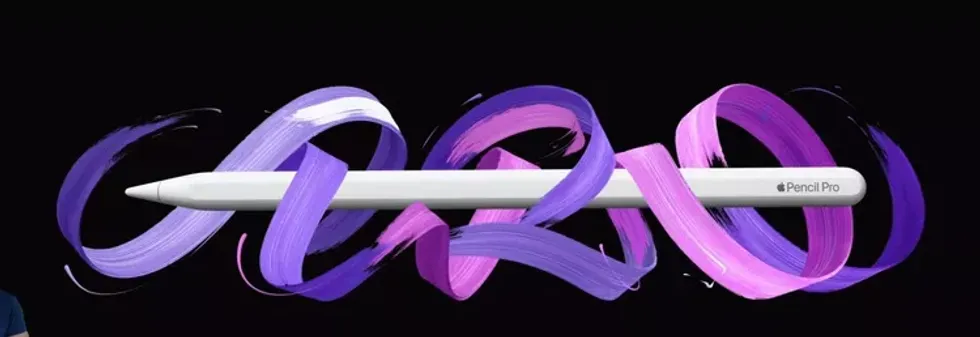How the Sony A7R V Will Bring Even More AI Tools to Filmmakers
The Sony A7R V is bringing AI to autofocus, but will it be able to keep up with AI evolution?
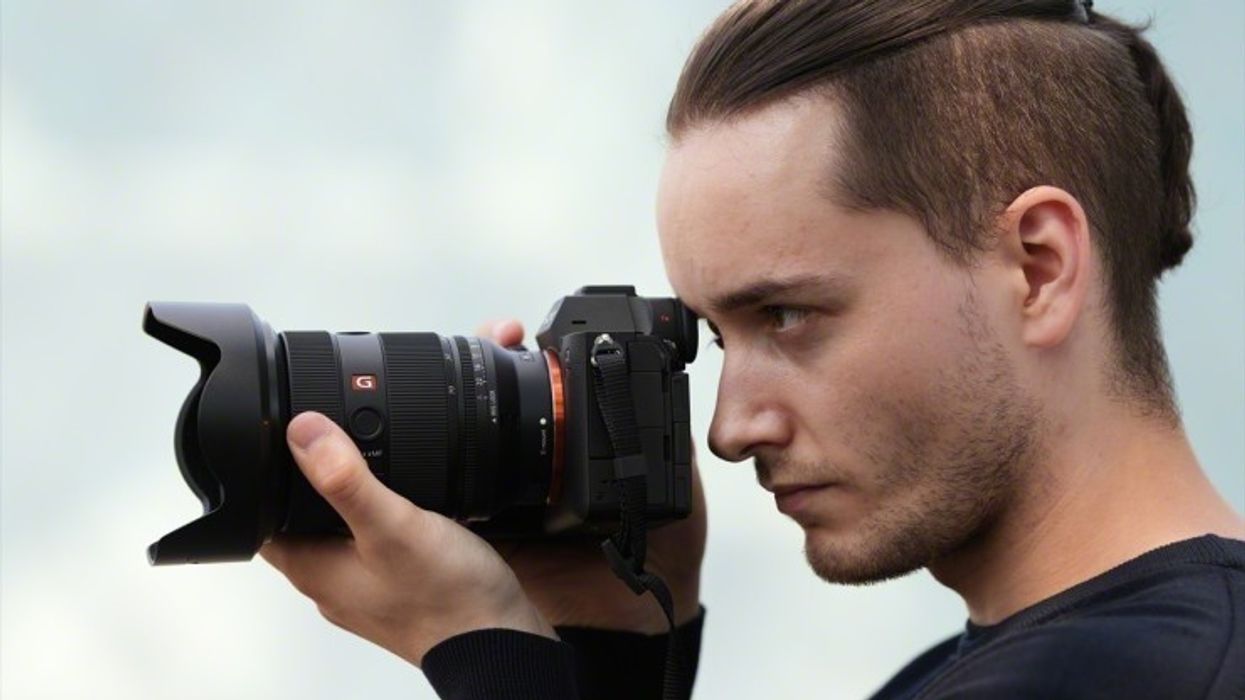
Traditionally, filmmakers have always been more interested in the "S" units from the A7 lineup than the "R" units. The "R" is for resolution, and is all about higher resolution stills. The "S," on the other hand, is about speed. You'll have a lower resolution but higher framerates, better rolling shutter refresh times, and an overall more capable system.
But if you haven't noticed, the Sony A7R V announcement is getting some attention because of the further efforts Sony is making on autofocus, specifically bringing artificial intelligence and machine learning algorithms into the autofocus space.
Let Me Focus for You, Dave
Sony has long been known for its amazing autofocus, with the FX-9 probably being the top of the autofocus lineup. The A7S3, FX-3, and FX-6 are also pretty solid to boot. It's gone from being a tool you'd never use to the one you'd use on a run-and-gun doc. It's also increasingly being used in narrative productions.
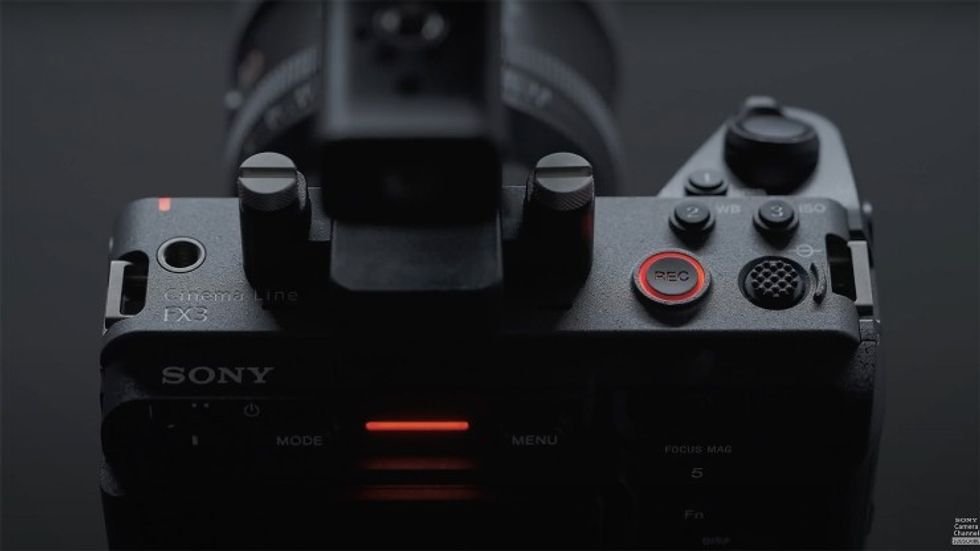
Sony is pushing hard that the latest revision uses AI to make your autofocus more sophisticated.
While AI is often just marketing speak, there is a real argument here for how AI can help. AI is getting increasingly good at recognizing what things are, like telling a human apart from a mannequin, and telling those apart from a painting.
The implementation of AI in the Sony A7R V should be obvious, then. AI will help the camera recognize what actually is in the frame, so it'll be easier for the camera to know what it should focus on. This is amazing and very exciting. The more sophisticated the camera can be, the better you will utilize it when "pulling" focus.
Insect TrackingCredit: Sony
On the Topic of Evolution
What we are wondering about, however, is how this is going to interact with the time cycle of improvements in AI.
For reference, a camera typically refreshes every two to three years. In that time between refreshes, you might get a new software update two to three times in the first year of release, then after that, nothing. Things stabilize, and the camera maker moves on.
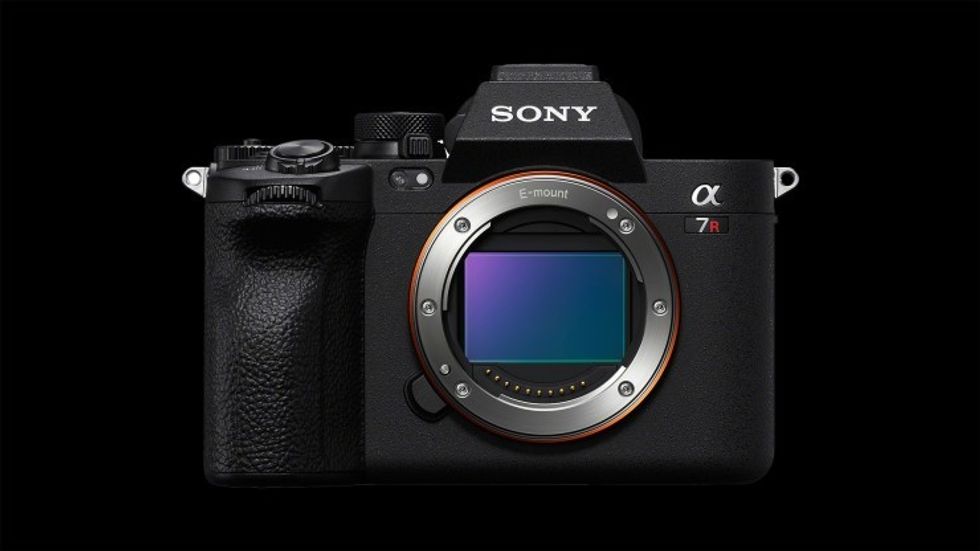
But if you haven't been following the news on AI lately, it's an area of tech that is improving much, much, much faster than that. The New York Times has run two articles this year alone on the theme of, "Woah, AI is getting better really fast, even faster than we said in the last article."
We're in a plateau jump.
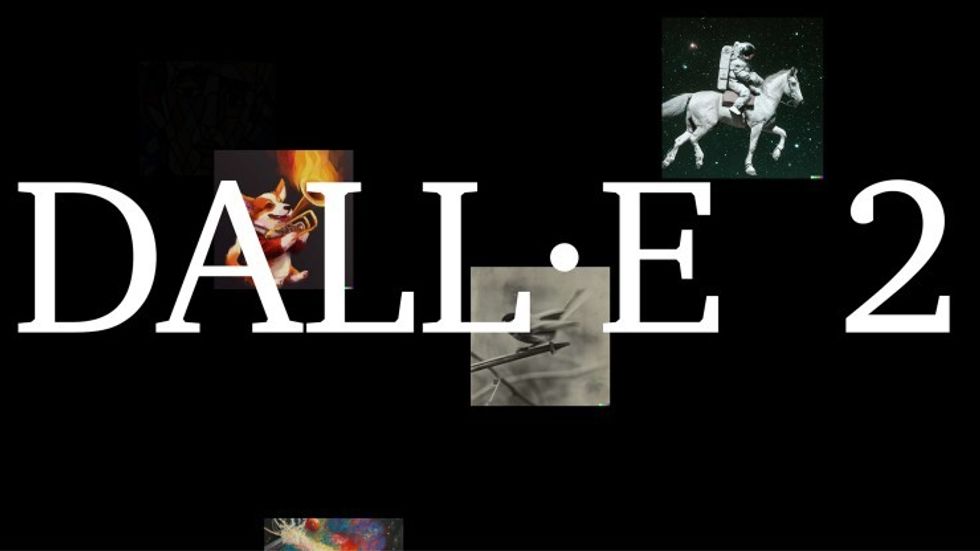
What we're wondering, as consumers, is how that is going to interact with our camera purchases. As they pack AI in, will we need to run more updates to keep up with evolving machine learning models? Will the hardware that comes with those cameras keep running? Can we create our own perceptual models based on a particular actor we might be working with and feed them into the AI?
It is truly just a wild time to be making video content, while tools come at us at a rapid pace. We're very excited by these developments from Sony, but we'll be paying attention to how firmware updates evolve with the camera to see if a major company can stay nimble while rolling out such rapidly evolving tech into their platforms.
Let us know what you think.
Check out weekly specials, deals, and rebates: Pro Video Gear, Pro Audio Gear, Lighting

